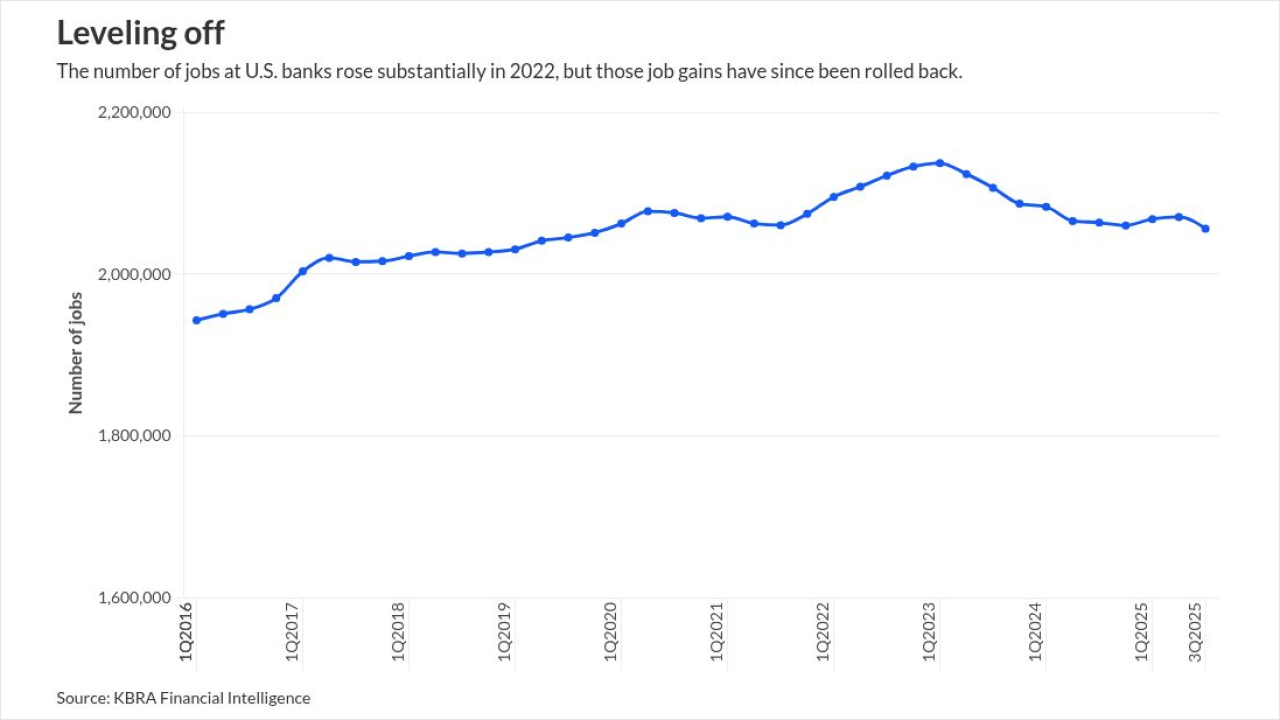IMGCAP(1)]
The ratio of bankcard borrowers who were at least 90 days delinquent on one or more of their credit cards eased slightly during the fourth quarter of 2008 compared with the same period a year earlier, signaling tighter discipline in card underwriting and consumer spending, according to a report released today by Chicago-based TransUnion LLC. The national rate for bankcard borrowers who were at least 90 days late in making a payment on one or more of their credit cards was 1.21% at the end of December, a decline of 15 basis points from 1.36% a year earlier. Ezra Becker, director of consulting and strategy for TransUnion's financial services unit, said in a statement the decline does not yet signal an economic turnaround, but it "does indicate that both consumers and risk managers are actively working to control card delinquency and are meeting with some success." In the broader picture, however, Becker expects average national bankcard delinquency rates to continue to rise. TransUnion forecasts that 90-day bankcard delinquency rates will rise throughout 2009 and may reach 1.8% by yearend. The report concludes that if the government's rescue package "gains sufficient traction," the credit card delinquency rate could peak in early 2010 and may begin to decline if the unemployment rate falls and the drop in disposable income levels off. TransUnion reports that the average bankcard borrower's debt rose 1.96% during the fourth quarter to $5,729 from $5,619 during the same quarter a year earlier. At the end of December, Alaska's average individual outstanding bankcard debt was highest among all other states, at $7,466 per borrower, and Iowa's was lowest, at $4,267 per borrower.





